U.S. and Canadian beekeepers producing genuine honey need someone or some organization to test and detect fake honey to keep it out of the domestic market.
Tag Archives honey
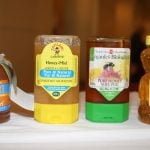
Solution offered for crackdown on fake honey
A new corporate partnership could make testing for fraudelent product more available in Canada and the United States

Skies both gloomy and sunny for honey prices
Beekeepers face challenges in important markets, but demand for true honey amidst rampant fraud could boost prices
WINNIPEG — The level of fake honey on store shelves has reached a boiling point. It’s so bad that the International Federation of Beekeepers’ Associations will not hand out awards for the best honey at its 2025 meeting in Denmark. The associations cannot ensure that all honey in the competition is genuine, so judging and […] Read more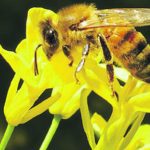
Canadians miss out on higher U.S. honey prices
U.S. fought honey fraud by imposing tariffs, which raised prices, while the Canadian sector pushes for increased testing
American and Canadian honey prices typically follow each other quite closely but now U.S. beekeepers are getting more. As of Sept. 25, there was a 75 cents per pound gap between American and Canadian white canola honey prices as reported in the U.S. Department of Agriculture national honey report. It’s one of the largest price […] Read more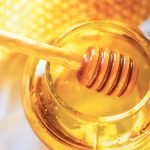
U.S. honey worth 40 per cent more than Canadian
WINNIPEG — The land in Manitoba and North Dakota is similar, considering that farmers on both sides of the border grow wheat, soybeans, some pulse crops and canola. For those crops, American and Canadian farmers receive similar prices — but not for honey. Related story: Honey production could be down 25 per cent The U.S. […] Read more
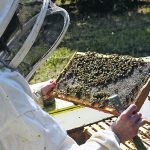
Honey production could be down 25 per cent
WINNIPEG — The hot and dry month of July was hard on canola crops in Western Canada. It was also hard on bees. Related story: U.S. honey worth 40 per cent more than Canadian Honey production will be down on the Prairies this year because bees and beekeepers dealt with a short bloom period for […] Read more
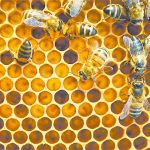
Bee colony losses high in Ontario, low in Saskatchewan
WINNIPEG — Honeybee colony losses in Canada are estimated at 36 per cent in 2024.That’s marginally worse than 2023, when beekeepers lost 32 per cent of their colonies through the winter, says the Canadian Association of Professional Apiculturists (CAPA).Every July, CAPA publishes data on the number of hives that fail to survive the winter. The […] Read more

Honey obtains halal certification
WINNIPEG — Most Canadians are familiar with halal meat. But other foods can also be halal, such as cheese, oat milk and candy. Related story: Canadian honey still struggles to reach Japan Recently, the Canadian Honey Council has realized the benefits of being halal, an Arabic word that translates into “lawful” or “permitted.” The council […] Read more
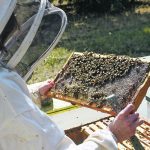
Canadian honey still struggles to reach Japan
WINNIPEG — Canadian beekeepers have a problem in Japan. A percentage of Canadian honey contains trace amounts of quinclorac, a herbicide used to control cleavers in canola. Related story: Honey obtains halal certification Japanese buyers have adopted a stringent residue limit for quinclorac in honey of 0.01 parts per million. As a result, less product […] Read more
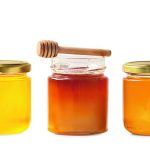
Fake honey still exported to Canada
In 2018, the Canadian Food Inspection Agency tested 240 samples of honey across the country. While 100 percent of Canadian honey samples were pure, nearly 22 percent of imported honey was cut with corn syrup, sugar cane, rice syrup or beet sugar. Under Canadian law, honey is a standardized product, which cannot contain added sugars. […] Read more

Beekeepers blocked from Japanese market
In the last few years, Japan has become a critical market for western Canadian beekeepers. Japanese buyers pay a premium price for white honey, thus increasing revenues and profits for honey producers across the Prairies. In 2021, for instance, Japan was a bigger market than America for Canadian honey. Canada exported $25 million worth of […] Read more





